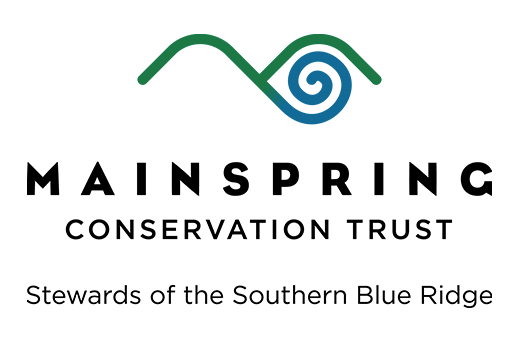Mainspring is currently seeking a strategic, relational leader who is ready to carry forward the mission of a trusted land trust while honoring the unique cultural and ecological landscape of Southern Appalachia.
Interested? Click here for the full announcement and directions to apply.




